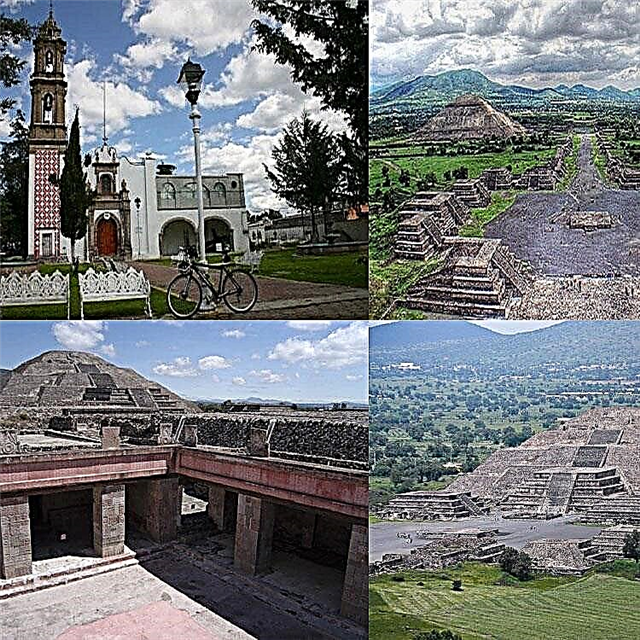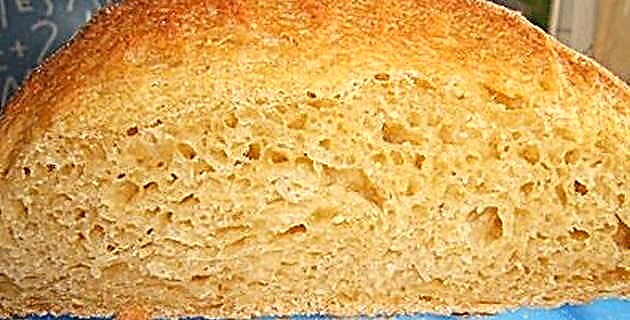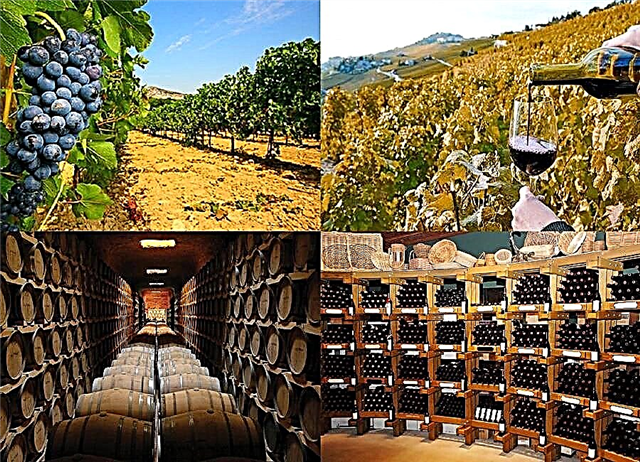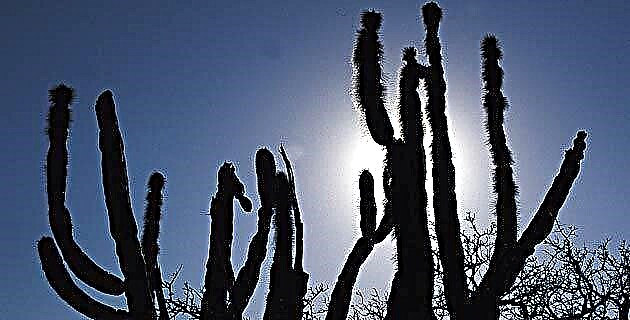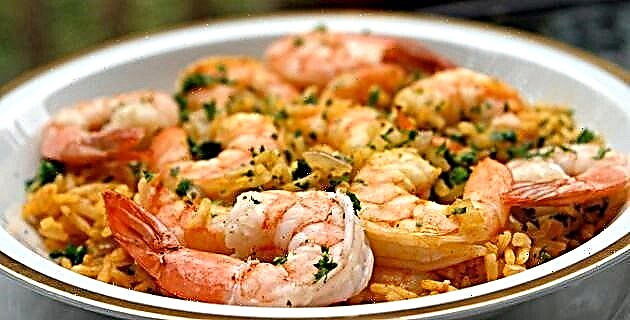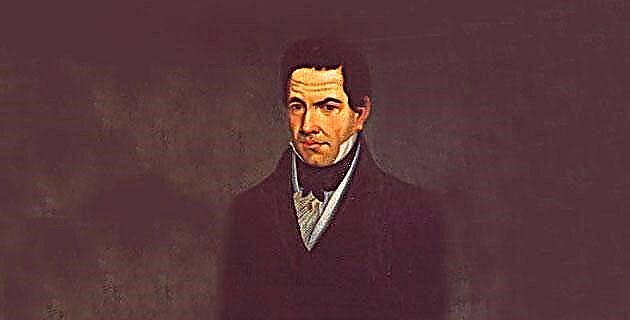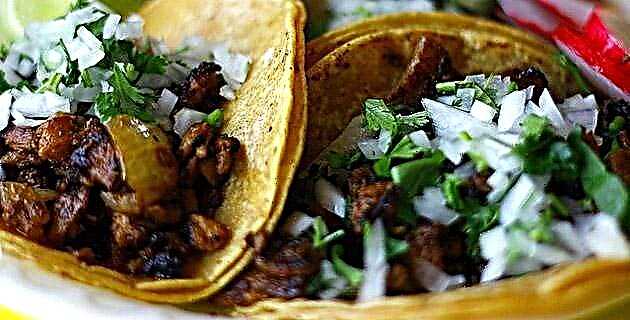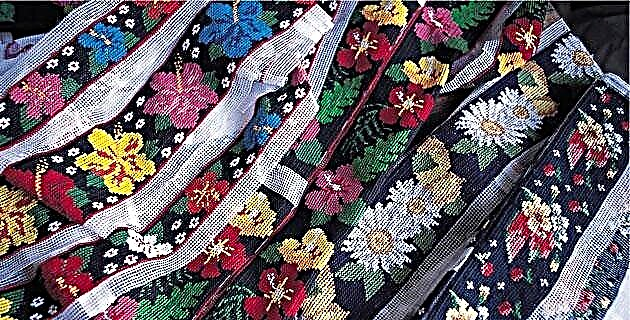
Today four ethnic groups settle in the Tabasco territory: Nahuas, Chontales, Mayaszoques and Choles. However, the dominant indigenous culture is the Chontal, since many of Tabasco's customs and beliefs are based on its ancient cosmogony, permeated by Mayan and Olmec features.
This cultural heritage determines the making of a variety of works of popular art. In each indigenous home the food and drinks are served in smoked gourds, their ceremonial spoons are beautifully carved with figures on the handles; Red cedar is used for its rafts and the altars or streets where a ceremony is held are decorated with china paper.
In all the churches of the indigenous region of Nacajuca and the coast there is the custom of praying to the saint in the Chontal language, while one person translates into Spanish.
In almost all the towns of Tabasco representations of the martyrdom of Christ are made at Holy Week, mainly in the churches of Tamulté de las Sabanas and Quintín Arauz where small beautifully carved wooden boats are hung from the ceiling, as a thank you for a favor received.
The most important celebration is that of December 12 in honor of the Virgin of Guadalupe, to whom altars are erected in neighborhoods and colonies and in all the towns of the state. In each house where the altar is visited, the pilgrim is received with an exquisite meal that generally consists of red tamales and atoles of different fruits.
For each religious celebration there is a butler in charge of preparing a large pot of chocolate that he distributes among those attending the liturgical acts.
In Tenosique, during the carnival the famous dance of El Pocho is performed, whether or not it is a holiday, throughout the state pozol is taken as a refreshing drink, which is served in jícaras that are made in Jalpa, Centla and Zapata. Hard coconuts are also beautifully carved and used for the same purposes.
Beautiful shapes of paxtles, pots, plates, cups, incense and comales are made of clay, sometimes decorated with simple pastillage that is generally made by women from the municipalities of Tacotalpa, Jonuta, Nacajuca, Centla and Jalpa de Méndez, especially for serving and prepare ceremonial meals.
The food of the Tabasco people is tasty and varied, as it includes the armadillo, the tepescuintle in adobo, the jicotea, the pochitoque and the guao (varieties of land turtles) in soups and stews, the roasted pejelagarto; the delicious chipilín tamales and the famous tortilla chips, in addition to the thousand ways in which plantains are cooked.
Each of the seventeen municipalities that make up the state has its own fiesta and celebrations, in which the people rejoice with regional music and dances, artistic manifestations that reflect the creativity of the Tabasco people. Therefore, everything in Tabasco is art, everything in Tabasco is culture.
Source: Unknown Mexico Guide No. 70 Tabasco / June 2001

